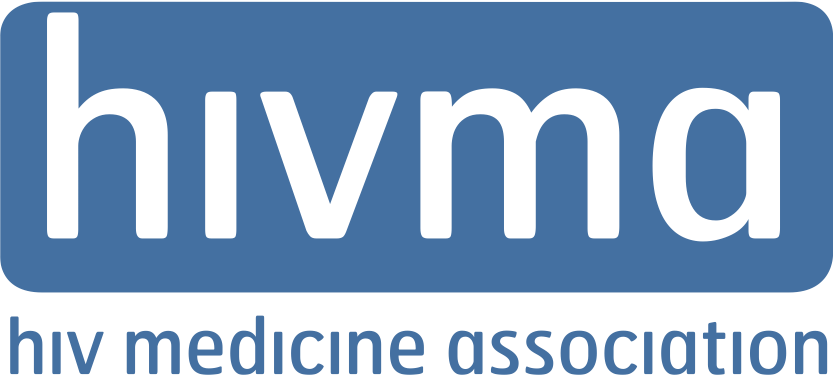Senate Republican COVID-19 Relief Responses Represent Progress but Fall Short of Critical Needs
A series of proposed COVID-19 bills released by Senate Republicans Monday represent a step toward urgently needed relief and resources, but fall short of necessary responses.
While the proposals will provide crucial funding to meet some immediate needs and strengthen foundations for future responses, gaps in the overall package will undermine efforts essential to controlling the pandemic.
Significantly, while public health experts agree that testing and contact tracing are crucial to reducing transmission, the $16 billion for testing, contact tracing and surveillance in states proposed in Monday’s package falls far short of the $75 billion proposed by the House for these essential services, as well as for isolation and quarantine measures.
Appropriately, the Republican package does support expanded access to specimen samples that can support development of diagnostic tests. The package also requires the Department of Health and Human Services to consult with medical product manufacturers, suppliers and other relevant sources to identify testing supply needs and to support activities to meet them. As COVID-19 tests rely on many of the same supplies used for seasonal influenza tests, supply issues must be resolved promptly, before the start of influenza season.
In addition, the package supplies $5.3 billion for Defense Production Act manufacturing and establishes state stockpiles of medical products, including personal protective equipment and ventilators. The package increases federal stockpiling and manufacturing capacities. While these provisions are important, the need for a stronger national strategy toward transparent and equitable distribution of medical supplies continues.
Notably the $3.4 billion allocation in the package for the U.S. Centers for Disease Control and Prevention recognizes agency’s important role and unique capacities with:
- $1.5 billion to continue supporting state, local, and territorial public health needs;
- $500 million to enhance seasonal influenza vaccination efforts — an essential tool to prevent hospitalizations due to influenza and preserve hospital capacity;
- $200 million to enhance global public health security efforts; and
- $200 million to modernize public health data reporting.
The package also allocates $6 billion to develop and execute a new COVID-19 vaccination distribution campaign coordinated through the CDC, using the agency’s expertise and structures to work with existing state and local public health systems.
The package acknowledges health workforce issues with $25 billion for the Provider Relief Fund, but this falls far short of the House bill allocation of $100 billion for the fund. In the long term, more funding, targeted to the infectious diseases and HIV workforce will be needed. While these fields supply unique and essential expertise, they struggle to attract physicians due to student loan burden and low compensation relative to other specialties.
At the same time, the bills overlook essential and glaring gaps in health care access that will continue to compromise responses to, and recovery from, this crisis. Although more than 5 million Americans have lost their health insurance since the spring, the package provides no new federal funding to support state Medicaid programs or replace lost employer-sponsored coverage. Also absent is additional funding for other safety-net programs including the Ryan White Program, that must meet increased demand for HIV services due to significant job and income loss among patients. And, while treatments for COVID-19 drive high levels of antibiotic use and disease incidence drives increases in secondary infections, the package lacks funding to assess the impacts of antimicrobial resistance on coronavirus illnesses, to strengthen antibiotic stewardship or to develop new antibiotics.
On a global level, while the pandemic has severely curtailed efforts to control HIV, tuberculosis, malaria and other infectious diseases in countries with limited health resources, the package provides no emergency funding for the President’s Emergency Plan for AIDS Relief, the Global Fund to Fight AIDS, Tuberculosis and Malaria, the President’s Malaria Initiative or other USAID global health programs, and allocates no funding to help low-income countries strengthen responses to the pandemic. It adds no funding for the USAID global health security program. Overall, global health programs at State Department, USAID and CDC need $20 billion in emergency funding to support COVID-19 responses in countries with limited health resources, protect progress made in HIV, TB, malaria and other infectious disease efforts, and to build capacities to detect, prevent and respond to emerging infectious disease threats.
While negotiations toward the next COVID-19 response funding continue, important components of the package released Monday to recognize and retain include:
- Authorization of 10 regional Centers for Public Health Preparedness, which will support state and local health departments, health care coalitions, and the public;
- A $15.5 billion allocation for the National Institutes of Health that includes
- $480.5 million for NIAID;
- $10.1 billion to reopen NIH funded laboratories and reconstitute lost research;
- $1.24 billion for the ACTIV public private partnership to develop COVID treatments and vaccines;
- $240 million to provide resources targeted young researchers who need additional research time as post-doctoral candidates because of lost research/training due to COVID-19.
- A $20 billion allocation for vaccine, therapeutic and diagnostic development through the Biomedical Advanced Research and Development Authority;
- The extension of Medicare telehealth flexibilities through the Dec. 31, 2021 or the duration of the public health emergency;
- Authorization of expert teams to support COVID-19 responses in nursing facilities, including through testing, infection prevention and control and medical examinations;
- Resources for improved nursing facility personnel training, expanded testing for residents, visitors and personnel and improved COVID-19 data reporting for nursing facilities;
- Resources allocated to address some health care disparities, with $605 million for the Indian Health Service to respond to COVID-19 available through Sept. 30, 2021 as well as an additional $1 billion for Indian Health Facilities, and $7.6 billion for Health Resources and Services Administration community health centers.
Finally, at a time when a pandemic has underscored the role of international infectious disease response collaboration, the package supplies $4.01 billion for global health programs through the Department of State and USAID, including:
- $3 billion for the U.S. contribution the Gavi, the Vaccine Alliance;
- $1 billion for international disaster assistance to support vaccine distribution abroad;
- $10 million to support emergency response capabilities and other surge support associated with responding to COVID-19 domestically and abroad.


